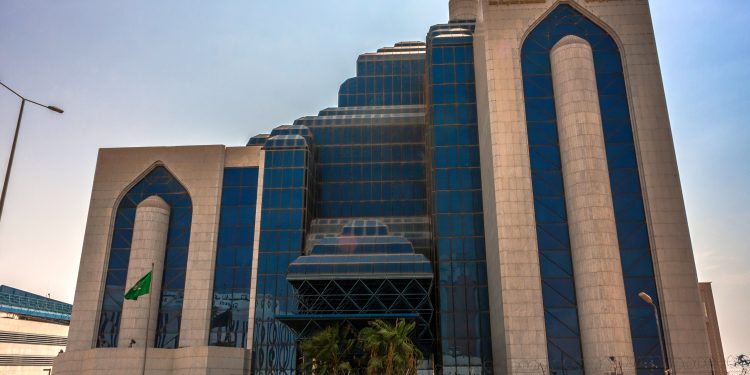Saudi Arabia’s mining industry is rapidly gaining global attention, fueled by government reforms, major investments, and a surge in domestic projects. Recent analysis suggests the sector’s contribution to the national economy could jump from $17 billion in 2024 to $75 billion by 2030, aligning with the country’s Vision 2030 plan.
The Kingdom is leveraging its vast mineral reserves, now valued at around $2.5 trillion after significant new discoveries, including rare earth elements and expanded deposits of gold and phosphate. Government backing, modern regulations, and large-scale investments are setting the stage for growth, with the number of mining licenses and exploration permits rising sharply in recent years.
State-owned Ma’aden has reported strong revenues and increased output across gold, phosphate, and other metals, reflecting the sector’s momentum. The number of exploration companies operating in Saudi Arabia has also soared, pointing to long-term industry growth.
Efforts to diversify the economy away from oil now focus on mining, tourism, and manufacturing. The mining sector alone is supported by a $100 billion investment plan targeting critical minerals and major infrastructure projects like Wa’ad Al-Shamal.
Strategic location and ambitious developments such as NEOM and Qiddiya are expected to boost demand for construction materials and metals, helping reduce import reliance. Despite this progress, challenges remain, particularly in infrastructure and skilled labor, as many resources are located in remote areas.
Overall, Saudi Arabia’s disciplined financial approach and targeted policies are positioning its mining industry for sustainable expansion, aiming to drive domestic demand, lower imports, and improve efficiency over time.


